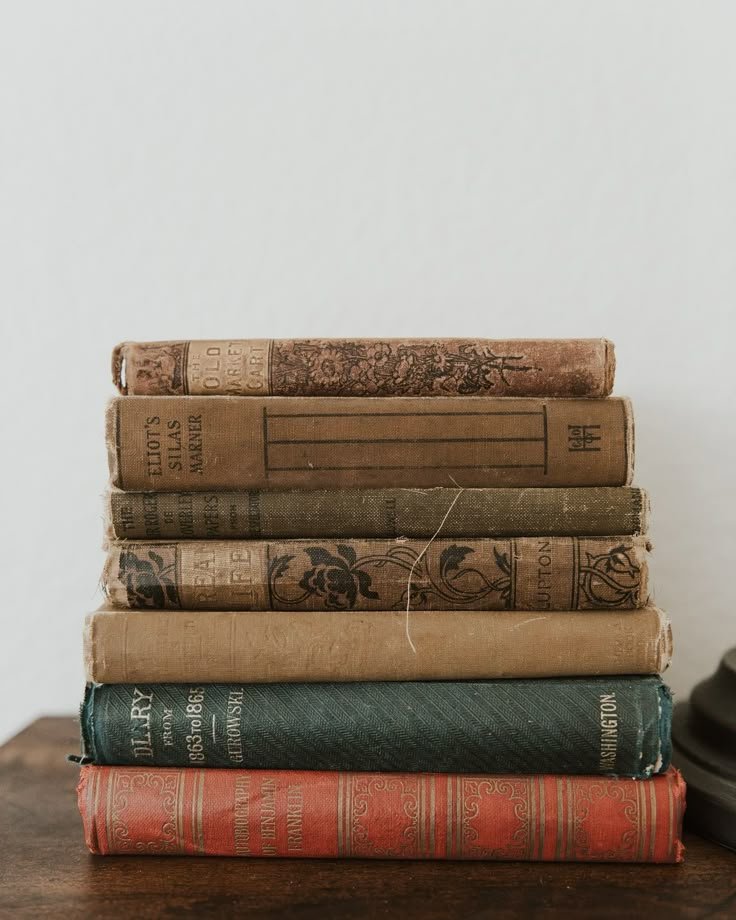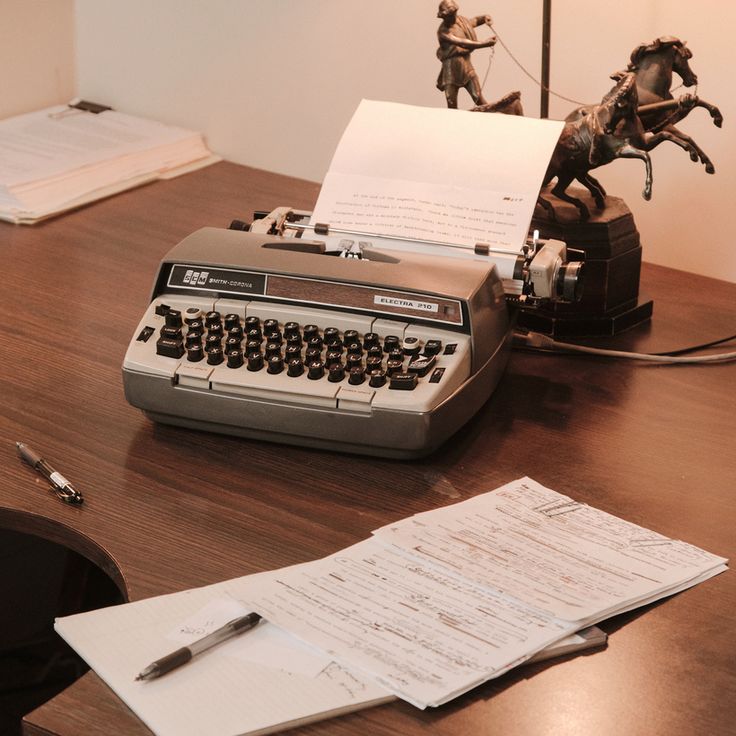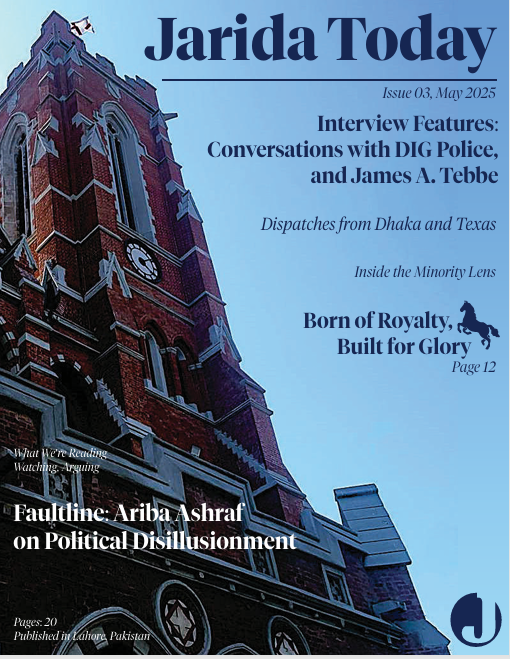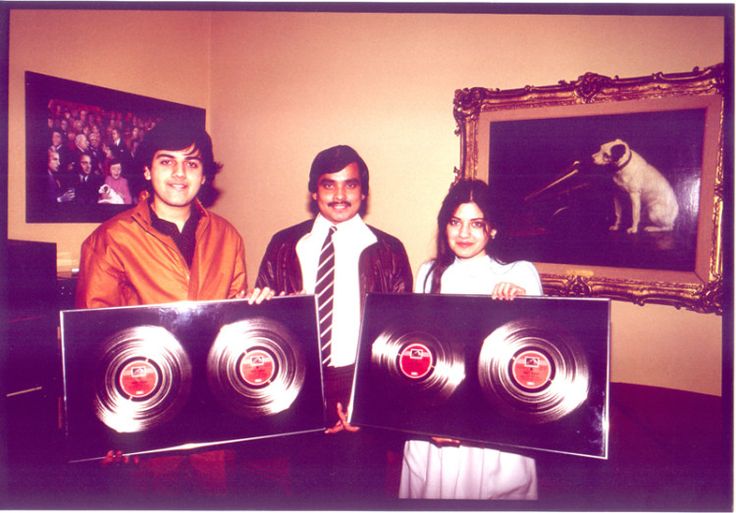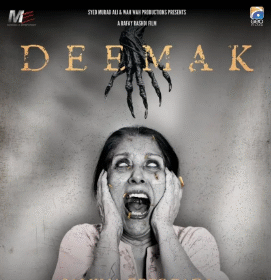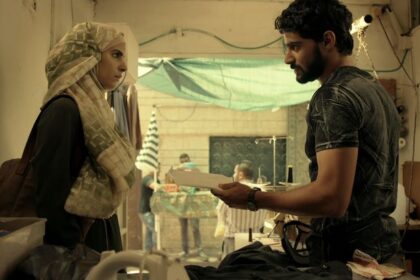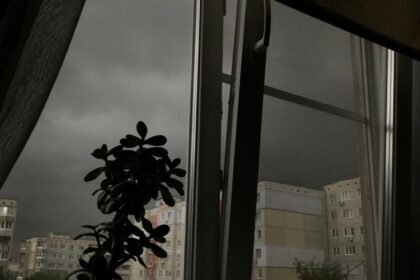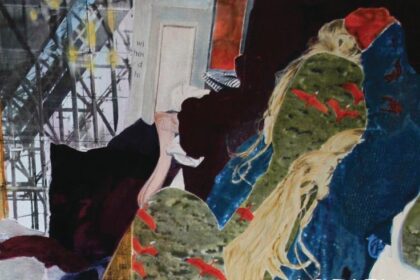Liquid sunshine hue colouring the fragments of collective memory, pastel puffed sleeves, denim jackets and bell bottoms, retro posters, hair meticulously wild, kohl-rimmed eyes and that unapologetic glimmer of self-assurance that permeated the cultural landscape of Pakistan in the 80s finds a rejuvenation in a phoenixesque moment of “Pakistan core” and “80s aesthetic”.
There is a paradoxical rise of the past all across social media, fashion, art, music, and cinema.
To understand the nostalgia we are viscerally experiencing as a nation, we must see it as an unveiled clamour—born from a wounded present clinging to a high point in Pakistan’s global influence for some, and for others, a psychological distortion rooted in the trauma of the Zia era, where suffering has been blurred into salve. This sweeping reminiscence across uncertain terrain—the one we now find ourselves in the embrace of—feels profoundly pertinent.
Reinventing genres and defying conventions with her floaty voice and fiercely mellow eyes, Nazia Hassan became a global phenomenon. Iridescent lights glimmered on Nazia and Zoheb Hassan as they appeared at the BBC in 1981— cementing themselves as the pioneers for South Asian music, echoing beyond borders— gaining international recognition. Even Indian critics like Rajeev Masand couldn’t deny the resplendence she brought, commenting in his 2015 article how Pakistan had “Nazia Hassan—a Diana-like figure who blended stardom with sincerity.”
Introducing music videos as an inventive form of art, this duo left such an impact that we still see traces of it in popular media like Coke Studio’s hit single “Turri Jandi”. Boy Band culture, with its generational genesis in “Vital Signs” that aired on MTV Asia, brought a semblance of identity for South Asian youth who revered “Sanam” and “Tum Mil Gaye” as anthems of self-jubilation. Vulnerability was etched within music.
Interestingly, it wasn’t just these musicians who found their posters plastered across streets, bedrooms, and billboards.
In his black turtleneck, sultry smile, tousled dark wavy hair, suave English manners, and Pashtun amiability, 80’s Pakistan saw their cricketing superstar featured in international fashion magazines like Vogue UK that deemed Imran Khan “the sexiest man in cricket” in their 1983 issue. He introduced the idea of an athlete heartthrob. With his “lithe bounding run, photogenic delivery leap”, Khan made cricket a cinematic experience where the audience and commentators stood transfixed to witness him play. Commentator John Arlott would poetically describe Imran Khan on the field as “an Indian peacock” and often praise his “prince-like” aura. It is almost unfathomable for a Pakistani cricketer to be an Oxford graduate and an international fashion icon with far-reaching cultural influence while simultaneously being one of the “Four Great All-Rounders” of the era.
Before I lay down the violent juxtaposition, a troubling question lingers at the edge of my consciousness: Does art necessarily succeed in altruistic representation, or are we inherently doomed to cling to our historical mutilations in a Freudian manner—like adults haunted by childhood traumas that lurk in the crevices of the subconscious?
For example, several Soviet-era directors like Andrei Tarkovsky and Sergei Eisenstein are regaining popularity. Retro propaganda art and Cold War-era fashion trends, such as structured silhouettes and monochromatic looks, are experiencing a resurgence. It seems that Stalin’s purges, the Great Terror, man-made famines, and the blatant exploitation of authoritarian power structures have been forgotten. Is it part of the human condition to selectively omit the brutalities that scar the past, simply to preserve a facade of untarnished utopia in which we can find solace?
Our people, we have been ancestrally battered and bruised. Our cumulative psyche has undergone such shrivelling, shaped by our colonial past, authoritarian regimes, a tirade of dictatorships, puppet governments, and police- and military-administered swamps of fear, that in this soft amnesia, we can no longer distinguish isolated occasions of rebellion from the broader climate of intolerance. I have even met individuals who confidently argue the merits of the “discipline” and “modernisation” brought by British colonisers. Such sentiments are reinforced by “Raj nostalgia”, eerily echoed in cinema, literature, and themed parties.
Zia-ul-Haq’s dictatorship was steeped in that familiar, constrictive air of despair. What began as a bloodless coup to restore democracy spiralled into a decade-long regime from 1977 to 1988. Harsh laws such as flogging, amputation, and stoning for crimes like theft and adultery were introduced under the canopy of Islamic jurisprudence. The “blasphemy laws”, which initially targeted sacrilege, evolved into tools of selective persecution against minorities. The censorship of art and films and the crackdown on public gatherings—deemed “un-Islamic” as a way to suppress opposition—still send a chill down our spines.
This morbidly vibrant decade has blood smears on its satin ribbons. Indeed, Zia did present the decree which banned the wearing of sarees, but the story remains wistfully incomplete without the mention of Pakistani singer Iqbal Bano, who stood amidst a crowd of 50,000 — clad in a black saree — mourning the death of self-expression as she performed the soul-stirring poem by Faiz Ahmad Faiz “Ham dekhenge” (We Shall See). We did see this act of rebellion.
In the same way, we shall see the little boy learning to play cricket continue to emulate Imran Khan’s reverse-swinging yorker; the mother stirring lemonade continue to hum “Aankhen Milaney Waaley”; the stadium continue to pulsate with the patriotic honesty of “Dil Dil Pakistan”; and the doomed suppression of women continue to find creative outlets, like PTV’s Dhoop Kinaray, which showcased female doctors equipped with stethoscopes in their pastel sarees.
Maybe it will always be an enigma—the way nations function—but we shall continue to witness how art heals us, how it gives us the strength to endure adversity, even if that strength comes at the cost of erasing memories that should never have been forgotten.

